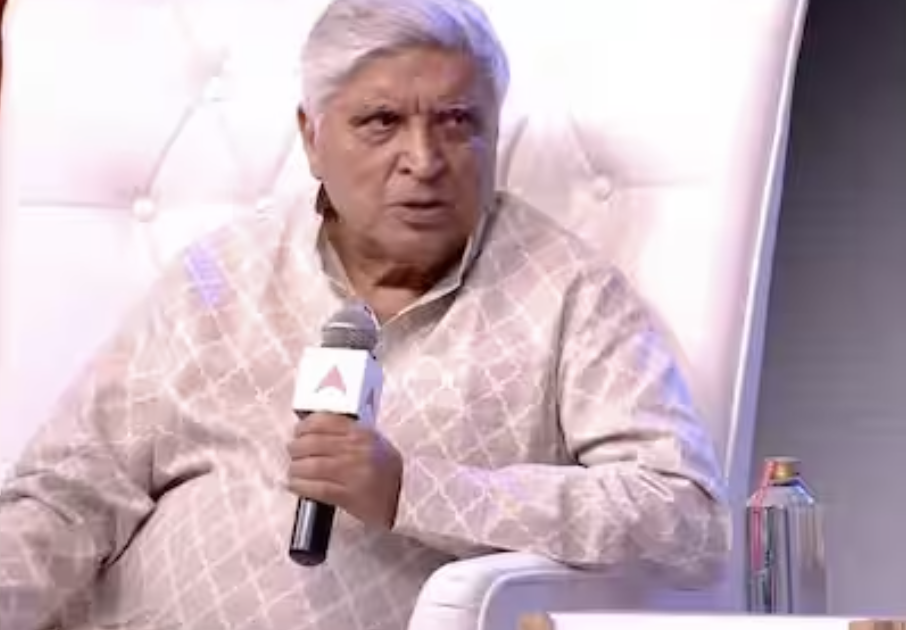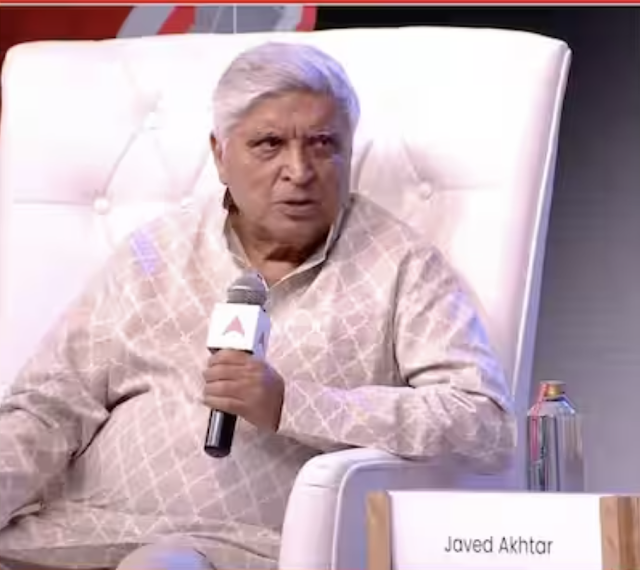There are contrasting sources as to the origin of Ghazi Malik.
but only one stands up to scrutiny rest do not , that's why it's the best one
However, majority of the sources states that he was of non-local origin.
Nope - tughlaqnama is the original source and he was born in Punjab around dipalpur area according to amir khusro who wrote his biography when he was alive
Tughluq's court poet Badr-i Chach attempted to find a Sassanid genealogy which was also the official position of the Delhi Sultanate.
And
"However this can be dismissed as flattery. This is clear from the fact that another courtier Amir Khusrau, in his Tughluq Nama, states that Tughluq described himself as an unimportant man ("awara mard") in his early career. Tughlaq Nama declares Tughlaq to have been a minor chief of humble origins"
Another red flag
"Tughluq's court poet Badr-i Chach
attempted to find"
If he was thier won't be a need to "attempt "
The contemporary Moroccan traveler Ibn Batuta states that Tughluq belonged to the Qarauna tribe of Turks.
And it was wrong too
"but the claim is not corroborated by any other contemporary source"
B- they're a Mongol tribe not a turk one
"who are mentioned by the Rauzatus Safa and Wassat as a Mongol tribe"
He hated the mongols- he wanted thier served to him and defeated the mongols 22 times
- he can't be self hating Mongol , can he?
There is another theory that he was the son of a Turkish slave the earlier emperor Balban and Jat mother.
And that too is a wrong theory
A- " although this claim is contested due to the lack of contemporary accounts which supports this claim"
B- "supports Amir Khusrau's (again this is the trustworthy source as he wrote all of that during Ghazi Maliks reign) assertion that Tughluq was not a Balbanid slave, because he was not part of the old Sultanate household or the nobility of Balban"
So it's very difficult to truly understand his origin but it's still very unlikely for him to be a local because the political climate at that time tended to favor the Turks/Persians/Mongols, basically all non-Indians.
This is where you are wrong
What's 100% true is that he was carried to his throne by khokhar tribesmen - that's not contested by anyone
If the climate didn't favor them how did they become powerful enough to literally change a King of the Delhi sultanate without any involvement from Turks, Persians, mongols etc - makes no sense
This doesn't say much, any non-Indian too can be the chieftain of a tribe. There's also no clear mention of the tribe's name.
He was born in dipalpur or that general area according to tughlaqnama - no turk tribe was living there except for punjabi tribes, turk tribes only mixed into Afghanistan that too much later than the time period of Malik
So that tribe had to be a native tribe, as no other tribe existed in that general region - his tribe wasn't mentioned cause it was not a powerful clan and probably died - 100s of clans have died out in the region so that's not exactly weird
There have been multiple instances ballads for rulers have been written in a language which unintelligible for the ruler. The language of administration under the Tughlaqs was Persian, not Punjabi. Did he promote Punjabi? Nope.
Amir khusro was a Persian, Punjabi was far from his language, according to you Ghazi Malik was Turk or something
First vaar poem that amir khusro wrote to honor his victory was in Punjabi - why would he do that
You're marahati, your poet is a Persian, your court language is Tamil
First poem to honor you - is in bangali - does that make any sense to you?
Btw court language doesn't matter, Persian was court language of every empire for so long even non Muslim one's sometimes
He probably lived in Dipalpur for long enough to love that place.
He was born in dipalpur or that general vicinity
Like the Mughals loved Delhi. In those days, there were no planes using which they could go to their native place at will even though they could be 2nd or 3rd gen migrants.
However, based on this text, it's highly likely he wasn't a Mongol.
Yes he wasn't a Mongol and he wasn't a turk either as he had to adopt a turk name- he was original Turk he wouldn't a name
Many Rajputs too supported different dynasties in Delhi. So it hardly matters from whom he got the support. The different tribes will support the person who might look after their interests, that's it.
True
Again, a very tenuous argument. Yes, Fariduddin Ganjshakar (Baba Farid) was a Punjabi but he was part of the Chishti Sufi order. His own spiritual mentor of the Chishti order was Qutbuddin Bakhtiar Kaki who was born in Fergana Valley. His spiritual successor was Nizamuddin Auliya who was of Sayyid ancestry.
It wasn't just respect
They held all of Thier coronation ceremonies in his shrine, they didn't have a crown - they had dastaar bandi - that's a Sufi tradition specific to this region
Why would a turk do that?
The earlier Delhi rulers such as Iltutmish too patronized the Sufi order before Baba Farid. So there's nothing special about Tughlaqs patronizing a 'Punjabi' saint because he's actually patronizing the Sufi order which the earlier Delhi rulers too had done.
To sum it up, with the data that we have, it would be a big stretch to assume that Ghazi Malik was a local. There's just no explicit mention anywhere about Ghazi Malik being of local origin. Nor did he want to associate his origin with the local people.
Of all the theories this one's makes the most sense and claims line up unlike the Balban Turk, Mongol claim's, new arrival with jalal ud din etc - all of these claims have some issues that don't line up- this one everything lines up this is the right one
"However, this genealogical link with the Punjab paved the way for several other linkages, such his brother's marriage with the daughter of a Punjabi Bhatti chief, the patronization of the Sufi shrine of Pakpattan, and the support of Punjabi Khokhar tribesmen who were central to Ghazi Malik's rise to monarchy. Tughlaq's court poet, Amir Khusro, wrote a war ballad in the Punjabi language for the Sultan, the Vaar, describing his rise to the throne against Khusrau Shah.This was the earliest known Vaar in Punjabi poetry. The later leading Tughlaq Sultans also continued to merge the symbols of the Baba Farid shrine and the royal court by weaving the Punjabi Muslim Dastar-bandi ceremony with succession to the throne"
There's literally no reason for a turk to do that except the fact he wasn't one

















